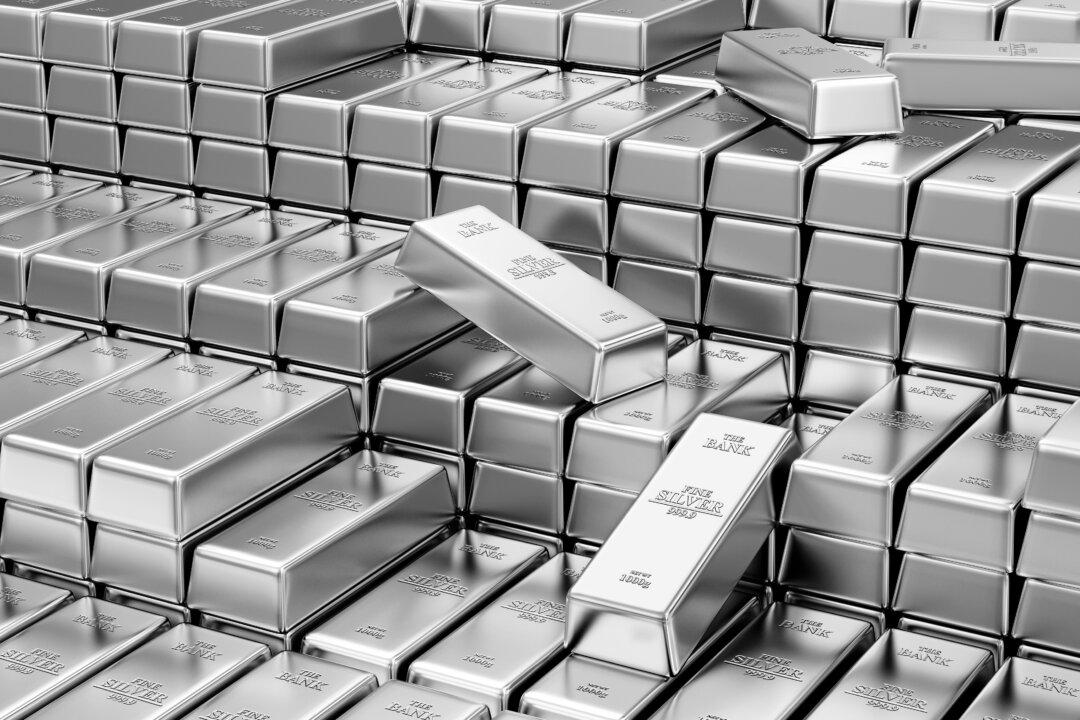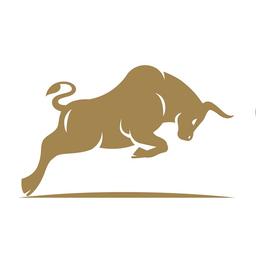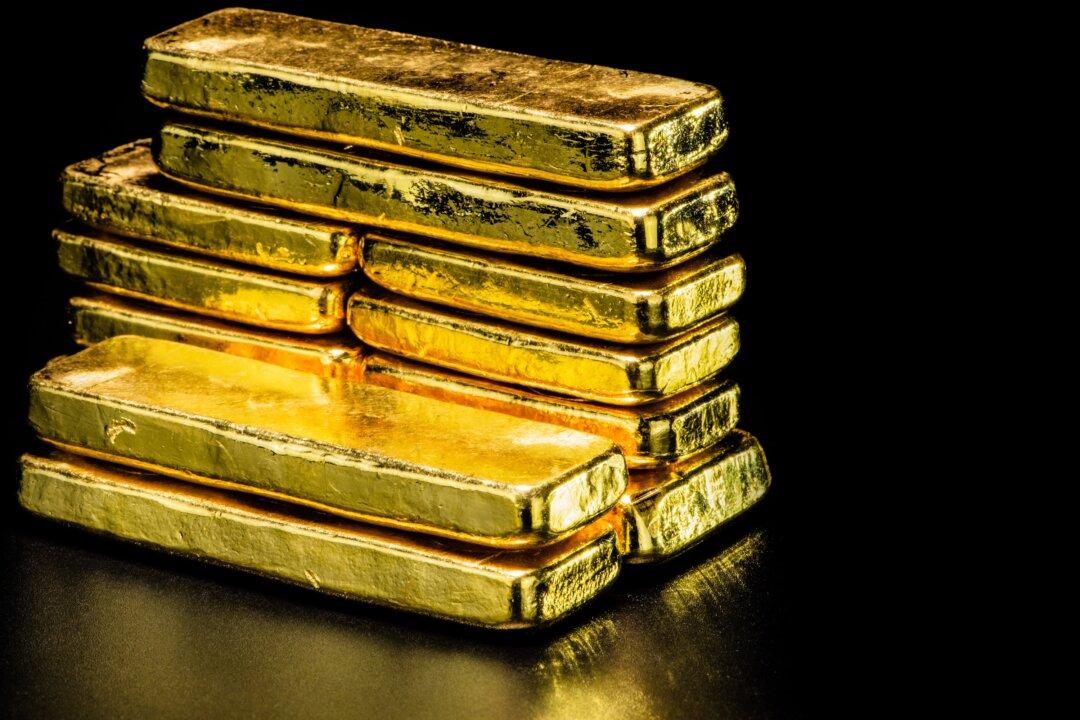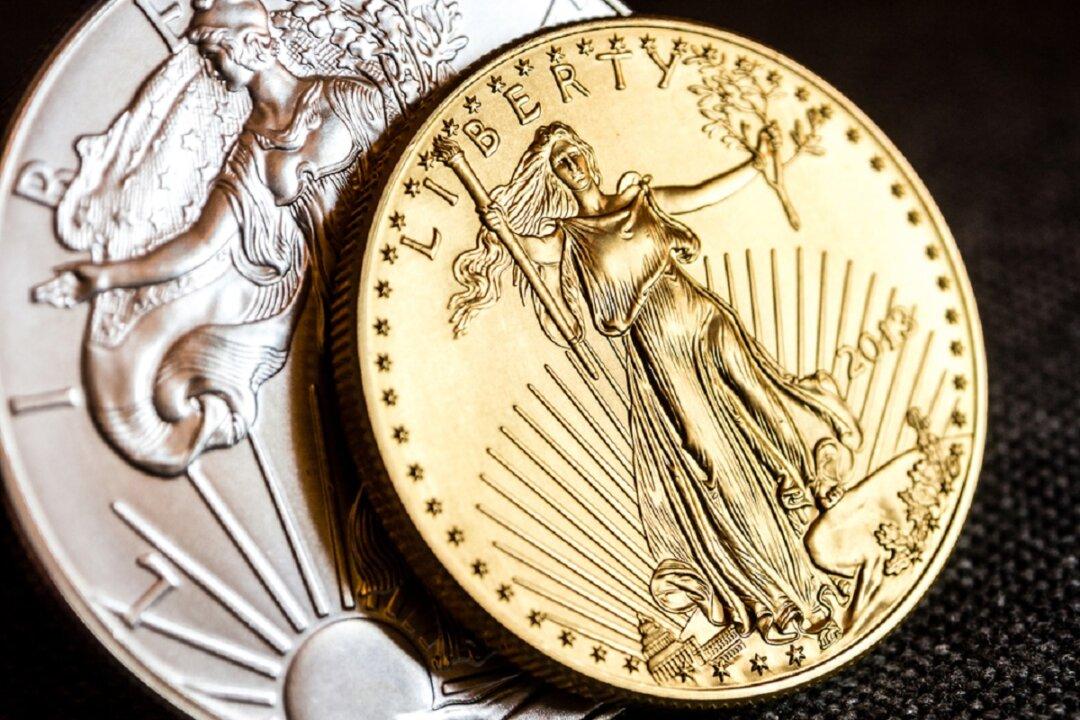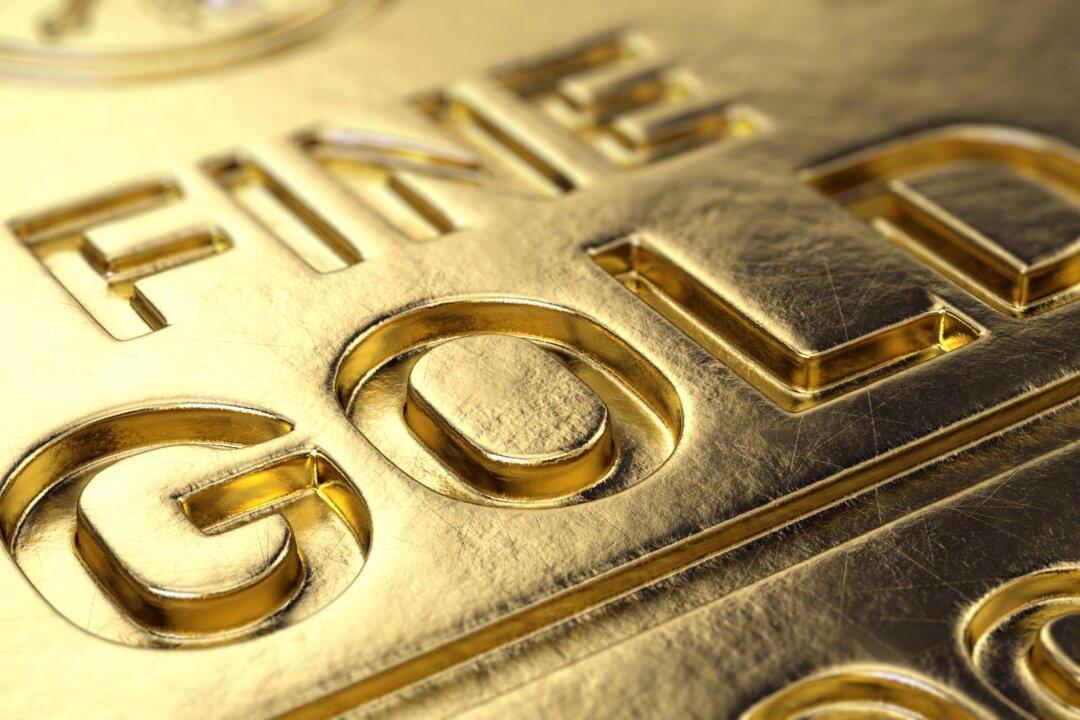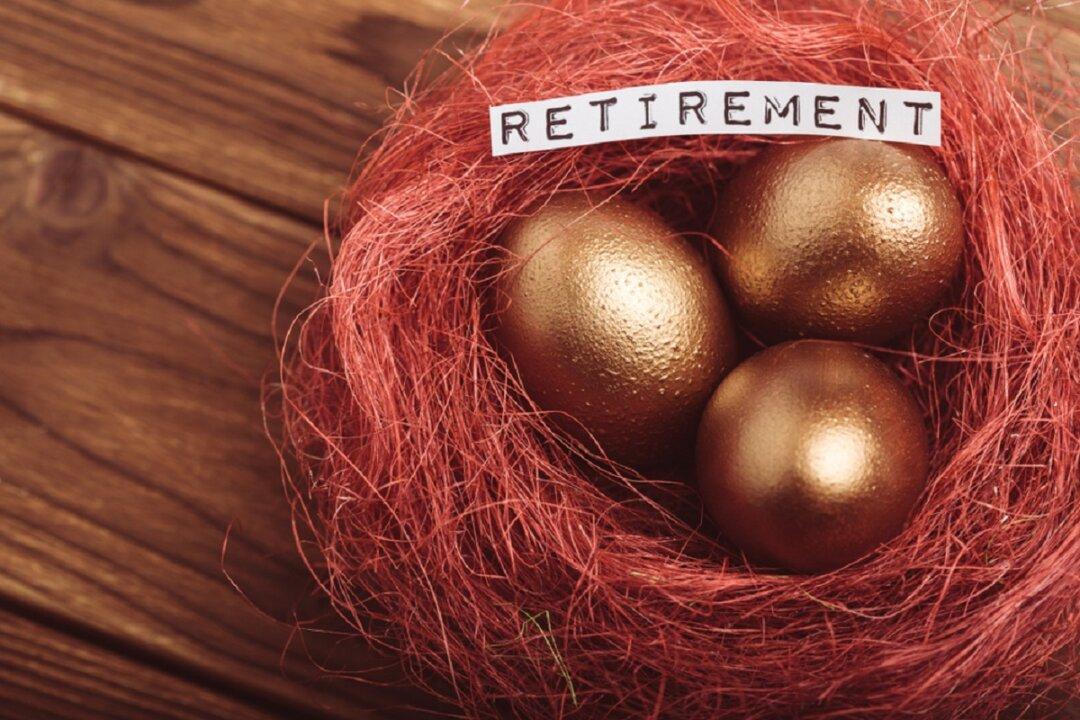If you’re interested in investing in precious metals, you’ve likely noticed that silver is cheaper than many other options like gold, platinum, and palladium. Precious metals investors have coined the term “poor man’s gold” for the white metal because of its low average cost compared to high gold prices. So, why is silver so cheap?
This article discusses the factors impacting silver prices and why the shiny metal is so cheap compared to gold and other metals. While you may use this guide for educational purposes, please consult your financial advisor if you seek investment advice.
